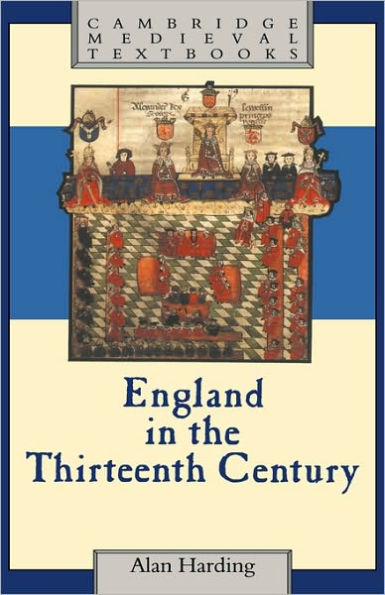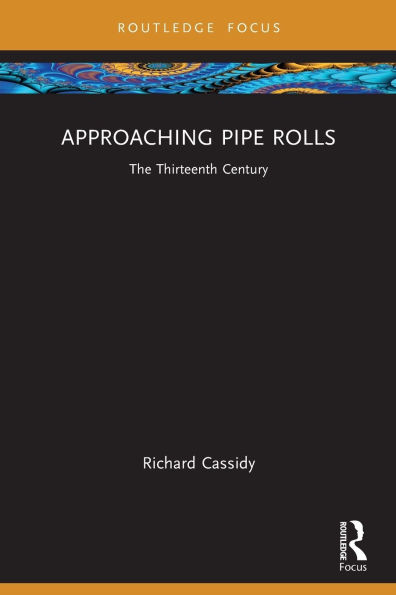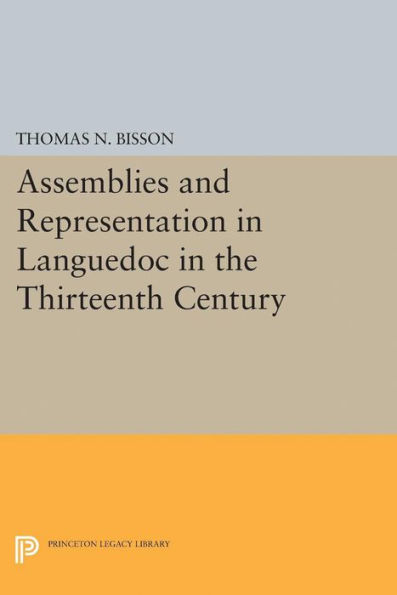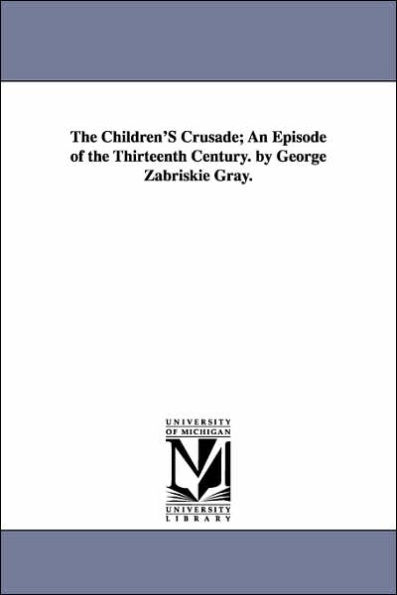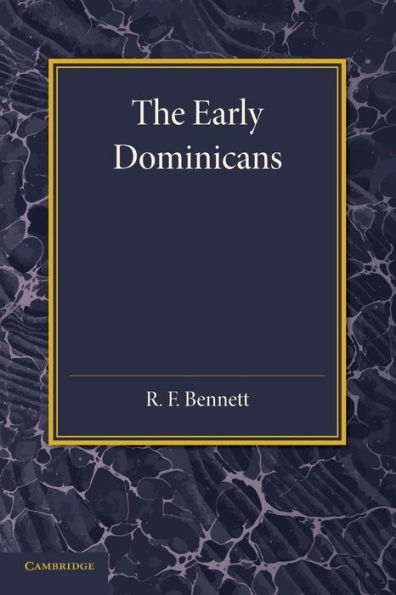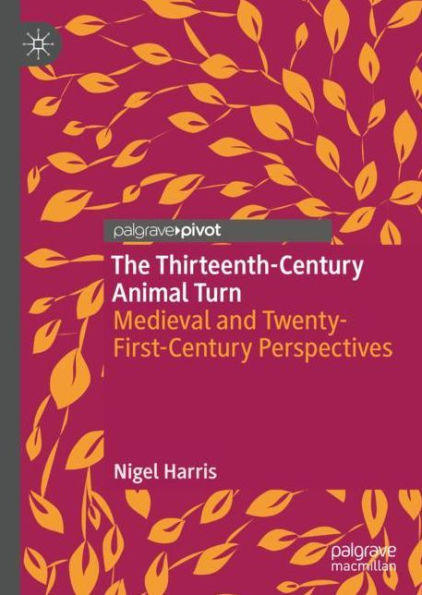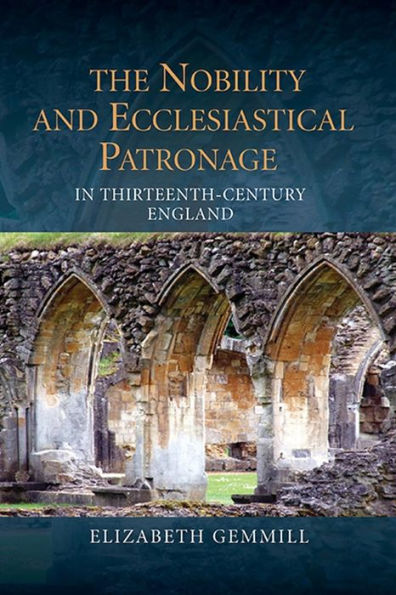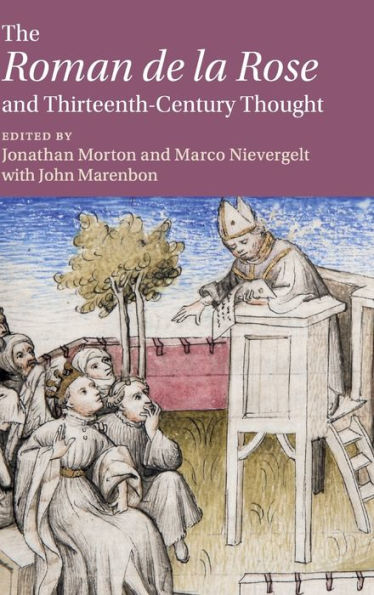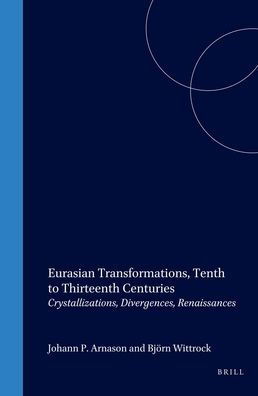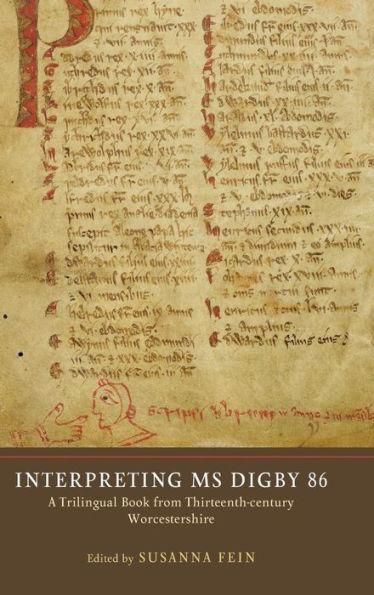Home
the Monotheisation of Pontic-Caspian Eurasia: From Eighth to Thirteenth Century
Barnes and Noble
Loading Inventory...
the Monotheisation of Pontic-Caspian Eurasia: From Eighth to Thirteenth Century in Franklin, TN
Current price: $130.00

Barnes and Noble
the Monotheisation of Pontic-Caspian Eurasia: From Eighth to Thirteenth Century in Franklin, TN
Current price: $130.00
Loading Inventory...
Size: Hardcover
What is the line between the ancient and medieval worlds? 330? 476? 800? Most historians acknowledge that these are arbitrary distinctions, but they remain nevertheless, taking on lives of their own. Alex Feldman is challenging us to see them as the same world, except for the imposition of a given monotheism.
In this process, he studies top-down, monotheistic conversions in Western Eurasia and their respective mythologisations, preserved both textually and archaeologically, serving as the foundation of recognisable state-formation.
Applying this idea to Byzantium’s policies around the Black and Caspian Seas, he reveals how what we today call the ‘Migration-Age’ continued perpetually up to the Mongolian invasions and perhaps later. This book enhances our understanding, not only of Western history, but presents it in the context of global monotheisation.
In this process, he studies top-down, monotheistic conversions in Western Eurasia and their respective mythologisations, preserved both textually and archaeologically, serving as the foundation of recognisable state-formation.
Applying this idea to Byzantium’s policies around the Black and Caspian Seas, he reveals how what we today call the ‘Migration-Age’ continued perpetually up to the Mongolian invasions and perhaps later. This book enhances our understanding, not only of Western history, but presents it in the context of global monotheisation.
What is the line between the ancient and medieval worlds? 330? 476? 800? Most historians acknowledge that these are arbitrary distinctions, but they remain nevertheless, taking on lives of their own. Alex Feldman is challenging us to see them as the same world, except for the imposition of a given monotheism.
In this process, he studies top-down, monotheistic conversions in Western Eurasia and their respective mythologisations, preserved both textually and archaeologically, serving as the foundation of recognisable state-formation.
Applying this idea to Byzantium’s policies around the Black and Caspian Seas, he reveals how what we today call the ‘Migration-Age’ continued perpetually up to the Mongolian invasions and perhaps later. This book enhances our understanding, not only of Western history, but presents it in the context of global monotheisation.
In this process, he studies top-down, monotheistic conversions in Western Eurasia and their respective mythologisations, preserved both textually and archaeologically, serving as the foundation of recognisable state-formation.
Applying this idea to Byzantium’s policies around the Black and Caspian Seas, he reveals how what we today call the ‘Migration-Age’ continued perpetually up to the Mongolian invasions and perhaps later. This book enhances our understanding, not only of Western history, but presents it in the context of global monotheisation.
